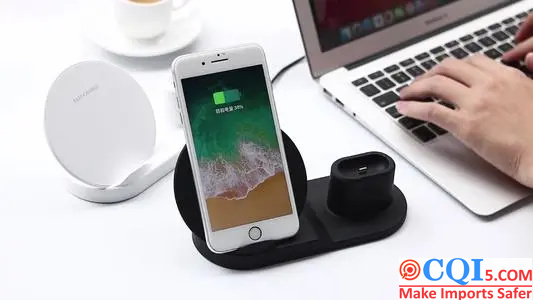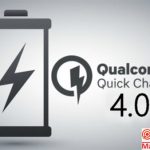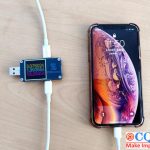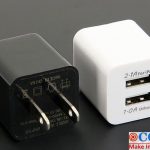Classification Of Wireless Charging For Smartphones
Nowadays, cell phones are becoming more and more intelligent, and various high technologies are integrated into our lives, such as Wireless charging for smart phones. I’m sure you can still remember when we used to use the universal charger charging, At that time the phone was not an integrated machine, the battery could still be removed and we had two ways of charging, one was to rely on the universal charger, the other one was to rely on the data cable charging. Later, the phone has developed to the era of all-in-one phones, we can not remove the battery but only rely on the data cable charging. In recent years, smartphones have started to be equipped with a new charging method, namely wireless charging. Although this feature is superbly technological, many people still find it strange that there is no data cable to support it, so how do two devices start to transmit current? There are now four such current transmission methods, and in this article we will talk about the various charging methods.


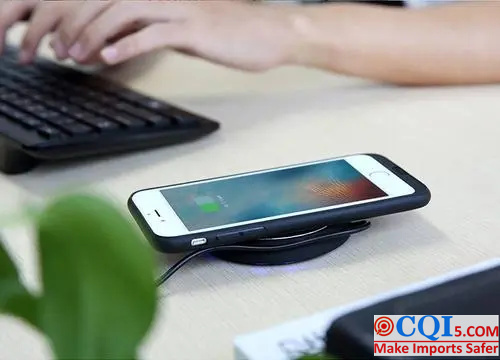
Electromagnetic induction wireless charging
This kind of charging method uses the induction magnetic flux between the magnet for wireless charging board and the induction in the cell phone, converting this magnetic force into electricity for the transmission of current. This method of charging requires a relatively simple circuit structure and is not too expensive in terms of cost, but it has the disadvantage that the transmission distance is too short and if the phone is not positioned properly, there is a high risk that it will not charge or that the charging speed will be particularly slow.
Magnetic resonance charging.
The principle of this type of charging is that the resonators of the two parties need to produce a magnetic field resonance, just like the first one, also through the magnetic force to turn it into electricity, to carry out a charge. This way is required to connect the two parties in the same frequency vibration sense then can be charged, and is suitable for longer distance transmission. While there is still a disadvantage, that is, the charging efficiency will be relatively low. At present this type of charging is still being studied and it is expected that this drawback will be improved before it is available on the market.
Radio-wave charging.
This kind of charging method is configured on the power supply side with a device that can carry out radio wave transmission. Of course, with a transmitting device, there must be a receiving device. This type of charging is carried out with a DC voltage output and input charging. Although this type of charging is fast in current transmission, but it has low stability and safety, and the cost of development is high.
Electric field coupled wireless charging.
This type of charging uses an asymmetric dipole to generate current transmission by means of two perpendicular to each other. This charging method has a high conversion rate and the position of the two can not be fixed, but there is a big disadvantage that it requires a larger device and a particularly low power.
Among the four charging methods, the most mature way is the first one. Now we use wireless charging of cell phones is the first one. Although widely used, there is still room for improvement. In addition to the above-mentioned shortcomings, the phone is also very easy to get hot in the use of such a wireless charger, so now many users get this charger is only a momentary novelty, after charging the first time found that it does not work well therefore will still choose the data cable charging, and give up this high-tech charging method.
